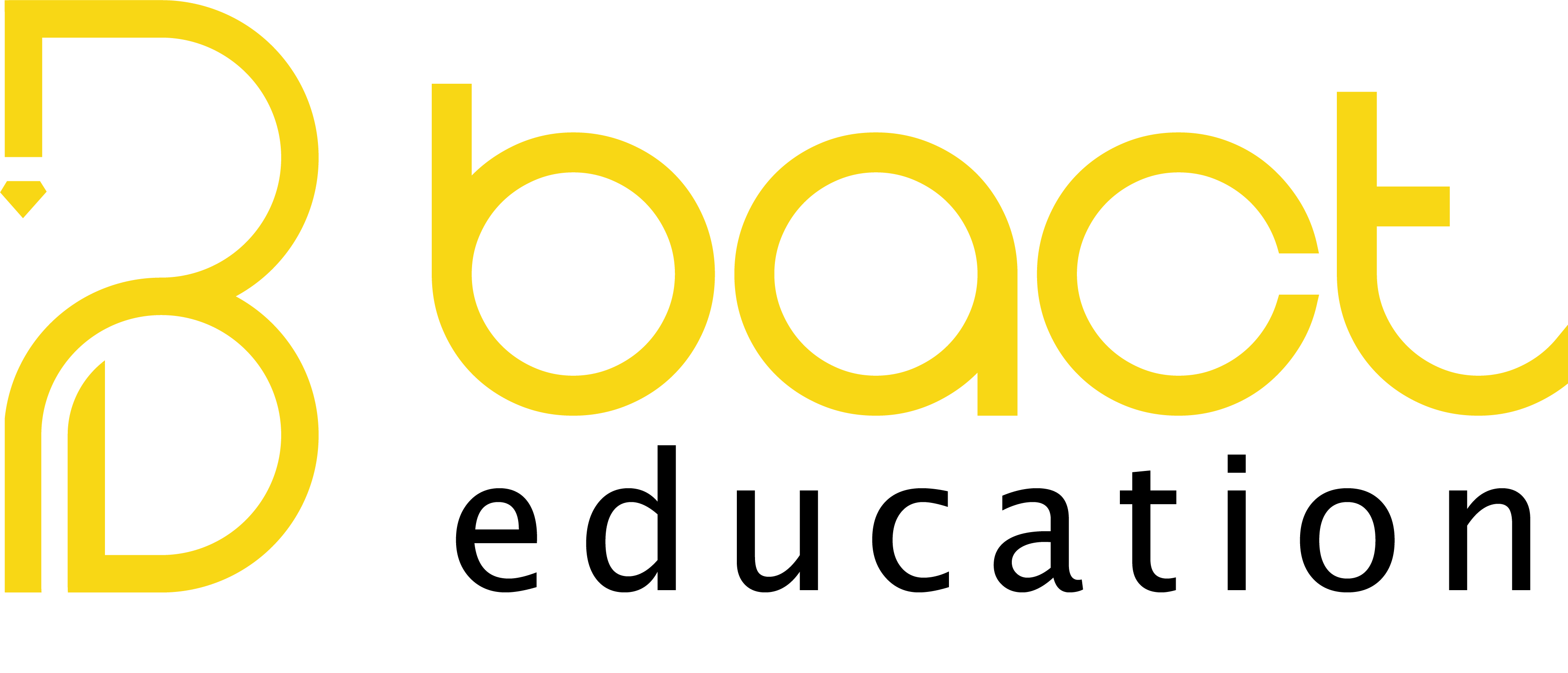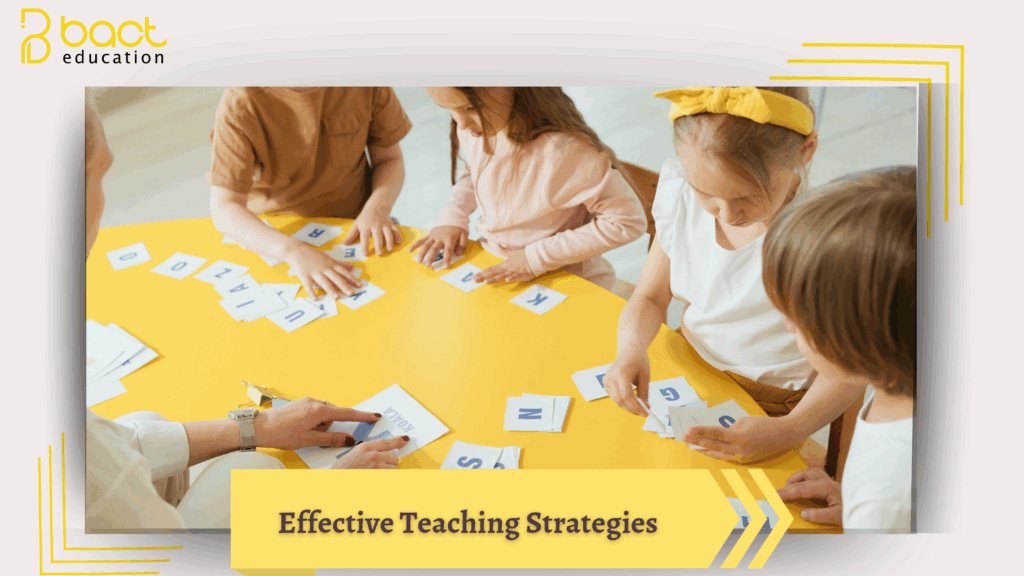Effective teaching is the cornerstone of successful education, fostering student engagement, critical thinking, and long-term knowledge retention. In today’s dynamic classrooms, educators must employ diverse strategies to cater to different learning styles, promote active participation, and ensure meaningful comprehension. This article explores key **evidence-based teaching strategies** that enhance learning effectiveness, drawing from contemporary educational research and best practices.
—
## **1. Active Learning: Moving Beyond Passive Lectures**
Active learning shifts the focus from teacher-centered instruction to student-centered exploration. Techniques include:
– **Think-Pair-Share**: Students reflect individually, discuss in pairs, and share insights with the class .
– **Problem-Based Learning (PBL)**: Students solve real-world problems, enhancing analytical skills .
– **Flipped Classroom**: Students review materials (e.g., videos) at home and engage in discussions/activities in class .
**Why it works**: Active learning improves retention by **70%** compared to passive lectures (National Academy of Sciences) .
—
## **2. Inquiry-Based Learning: Fostering Curiosity**
This strategy encourages students to ask questions, investigate, and discover answers independently. Examples:
– **Guided Inquiry**: Teachers pose open-ended questions (e.g., *”Why do ships float?”*) to stimulate critical thinking .
– **Student-Led Research**: Learners explore topics of interest, deepening understanding .
**Impact**: Develops problem-solving skills and intrinsic motivation .
—
## **3. Differentiation: Addressing Diverse Learning Needs**
Tailoring instruction to individual learners ensures inclusivity. Methods include:
– **VAK Model**: Visual (diagrams), Auditory (podcasts), and Kinesthetic (hands-on activities) approaches .
– **Scaffolding**: Breaking complex tasks into smaller steps with guided support .
– **Tiered Assignments**: Offering varied difficulty levels for the same topic .
**Example**: Using **Kahoot!** for interactive quizzes accommodates competitive and visual learners .
—
## **4. Gamification: Boosting Engagement Through Play**
Integrating game elements into lessons increases motivation:
– **Points & Badges**: Reward participation (e.g., “Grammar Guru” badge) .
– **Educational Games**: Platforms like **Quizlet** for vocabulary drills .
– **Simulations**: Role-playing historical events or scientific phenomena .
**Result**: Gamified classrooms see **30% higher participation** (University of Colorado) .
—
## **5. Metacognition: Teaching “How to Learn”**
Students learn to **monitor their own thinking** through:
– **Self-Questioning**: *”What strategies helped me understand this topic?”* .
– **Reflection Journals**: Documenting learning challenges and successes .
– **Goal Setting**: Encouraging students to track progress (e.g., *”I will master 10 new words weekly”*) .
**Benefit**: Improves long-term retention and self-regulation .
—
## **6. Collaborative Learning: Harnessing Peer Power**
Group work enhances social and academic skills:
– **Jigsaw Technique**: Each student researches a subtopic and teaches peers .
– **Peer Feedback**: Students critique each other’s essays using rubrics .
– **Debates**: Structured arguments on topics like climate change .
**Outcome**: Promotes teamwork and deeper content mastery .
—
## **7. Technology Integration: Digital Tools for Modern Classrooms**
EdTech tools streamline and enrich instruction:
– **Virtual Labs**: Science experiments via platforms like **PhET Simulations** .
– **AI Assistants**: **ChatGPT** for personalized tutoring .
– **Interactive Whiteboards**: Annotating diagrams in real-time .
**Tip**: Blend tech with pedagogy—avoid over-reliance on screens .
—
## **Conclusion: Building a Dynamic Learning Environment**
Effective teaching requires **flexibility, creativity, and responsiveness** to student needs. By combining active learning, differentiation, and technology, educators can create classrooms where students **think critically, collaborate, and thrive**. As education evolves, these strategies will remain vital for preparing learners for future challenges.
**Key Takeaway**: *”The best teachers are those who show you where to look but don’t tell you what to see.”* —Alexandra K. Trenfor.

